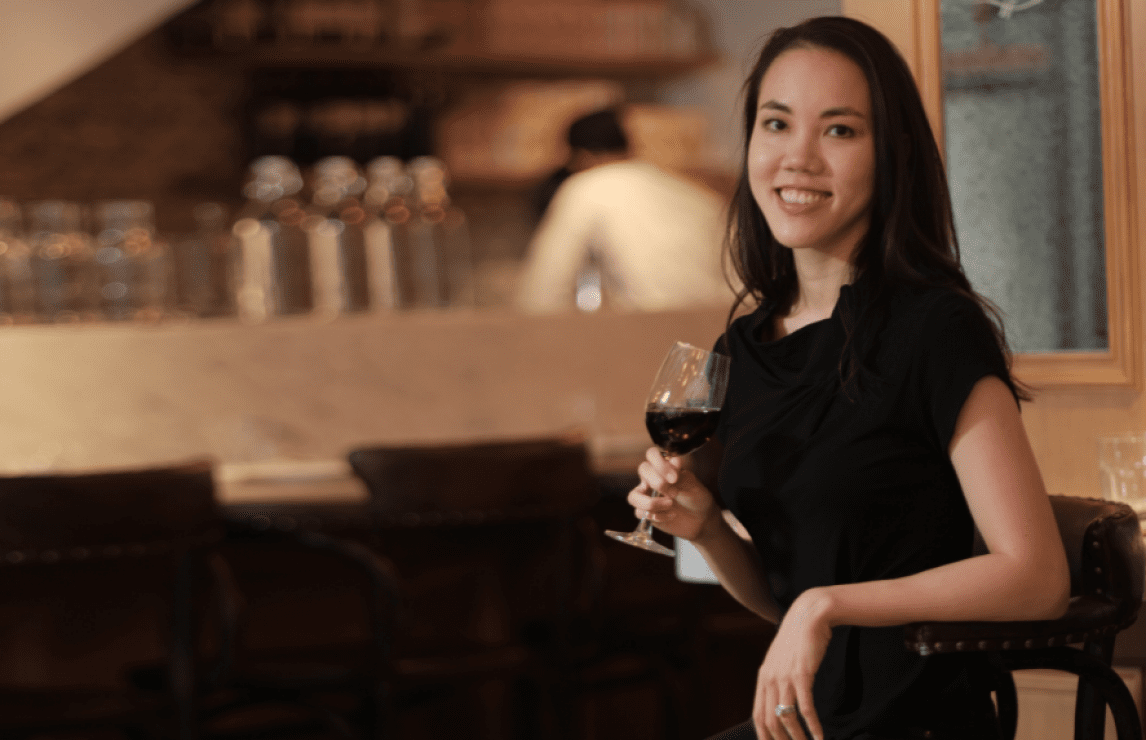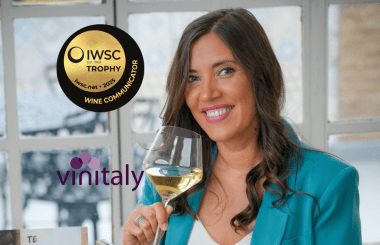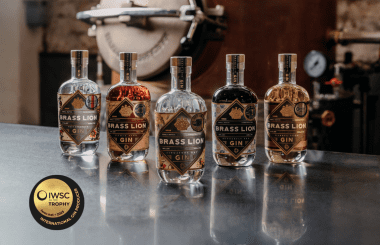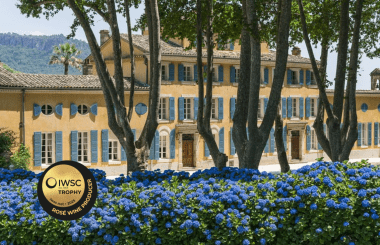In conversation with our 2022 Wine Communicator, Sarah Heller MW
Following our announcement last week that our Wine Communicator trophy, had been awarded to Sarah Heller MW, the IWSC caught up with her for a chat…
Firstly Sarah, congratulations. This year the IWSC received its highest number of entries for this accolade, so how does it feel to take the title?
Thank you so much! It feels truly extraordinary to have been chosen in a year when the entries were so numerous and there has been such a flourishing of creativity within the wine community in response to the unprecedented conditions we're all living through. I’m really touched.
With the global pandemic, the past couple of years have been incredibly tough on everyone – how have you kept your audience engaged?
Interestingly I've found that during this period shifts in the way people are engaging with wine have, if anything, helped me connect with them on a deeper level. Isolation seems to have driven everyone to slow down and make more conscious choices. Rather than constantly releasing new content, I’ve likewise tried to slow down and devote more attention to everything I put out — I’ve made more paintings as opposed to digital pieces and my written output has grown longer and more comprehensive; I created my first long-form guide with Asia Tatler this November on Champagne. It felt great to spend so much time with a single subject.
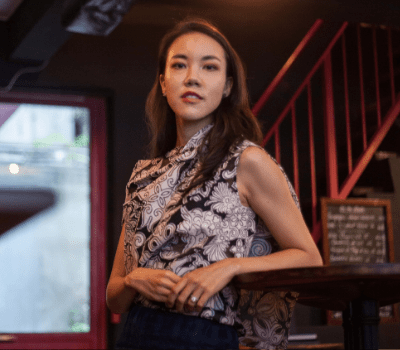

While you have an international audience, many of your students and followers are in Asia. Are you able to share some insight into the best apporaches for brands to communicate with the Asian market?
As long as it’s not feasible to travel to the markets, I would say the best use of your time is to try to gain a deeper understanding of the way your target customers around Asia live. Invest in truly understanding different cultures’ cuisines, gifting practices, resources and levels of income, shopping and consumption habits through long conversations with your importers and local contacts or even local blogs/microblogs (use google translate!). A classic cultural disconnect: I constantly hear producers calling their wines “value for money" and wondering why their Asian customers aren't interested — for many people in Asia, wine is either a gift or something you bring to a group meal; nobody wants to be seen as “cheap.” That doesn’t mean people want to be ripped off; they’re still on the lookout for a bargain, but that generally means a high priced item that they’ve gotten for a special price. Sadly, I see too few brand owners showing genuine curiosity and they'll use the same basic approach for all their markets.
One of the things that really stood out from your entry was your visual tasting notes. We are fascinated by these pieces of art. How long does it take for you to create one and what is your process?
Thank you! Most of the ones I share publicly are digital works made on my iPad by combining hand drawn and painted elements, photographs and digital painting, though over the last year I’ve been focusing more on canvas paintings and works on paper, which usually take longer! The process always starts with tasting the wine: I'll make a little sketch of its overall shape and colour (not so much the literal colour of the wine as the tone of the fruit plus any herbs, floral notes or spices). From there, the time for creating a piece varies enormously. Sometimes it’s really clear and I can pull one together in an hour or less, other times I will have to re-work it over many days or even weeks. I have a library of raw material (photos, drawings) that I draw on whenever I’m creating a new image; conceptually it feels like a good analogy for the process of tasting wine, when we rummage through our mental library of past sensory experiences for appropriate references.
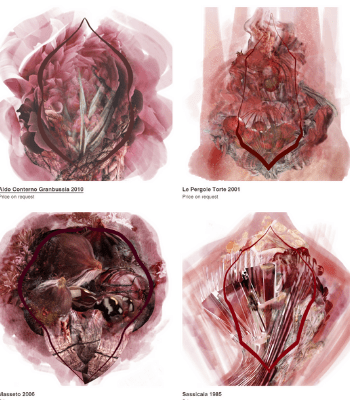
Examples of Sarah's visual tasting notes
You’ve been creating your visual tasting notes since 2018, do you have an idea of how many of these pieces of art you have created over the years?
You’ve been creating your visual tasting notes since 2018, do you have an idea of how many of these pieces of art you have created over the years?
There are at least a few hundred digital pieces as well as a few dozen canvas paintings and works on paper.
Your visual tasting notes are an incredibly unique way of expressing the way you taste a wine and your wine glass range also encourages people to enjoy wine their way rather than a prescribed way. Do you have any more innovative projects coming up that you can mention to help change the way consumers perceive wine?
I’m working on a series of “Sensory Portraits” of individuals who are prominent in beverages or gastronomy. As opposed to being the expression of a single person’s experience with a wine like my Visual Tasting Notes, the images will come out of a shared meal or bottle of wine that has special significance for the subject and our conversation about what it means to them. I’m hoping they will demonstrate how our shared experiences of the things we consume create moments of recognition and understanding between people that few other experiences can.
Hopefully for 2022 travel will become more possible and we will be seeing you at Vinitaly. What are you most looking forward to for next year?
I am so looking forward to meeting in person with both old friends and new connections I’ve made over the past 24 months. A community I’m especially excited to re-connect with is the Vinitaly International Academy (VIA) family. I have some students who now feel like old friends whom I have yet to meet in the flesh! Online teaching is an incredible tool and in some ways allowed us to expand our capabilities, but nothing compares to chatting, tasting and drinking together in person.
The IWSC Wine Communicator of the Year award is sponsored by Vinitaly
The IWSC Wine Communicator of the Year award is sponsored by Vinitaly
